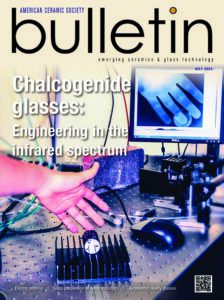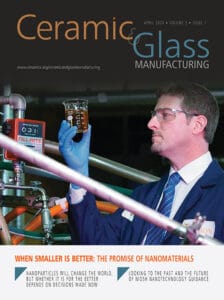Jubilee Global Diversity Awardee 2023
 Dr. Dong (Lilly) Liu is currently an Associate Professor at the School of Physics, University of Bristol and Lead of the Materials and Device Theme. She is also Head of the Experimental Mechanics of Advanced Materials group (EMAM). Dr. Liu joined the University of Bristol as Lecturer in July 2018 from Oxford University (2015-2018) where she held an independent 1851 Exhibition Royal Commission Fellowship (Brunel) and an EPSRC Postdoctoral Research Fellowship. Dr. Liu was also awarded a Junior Research Fellowship at Mansfield College (2016-2018) while at the University of Oxford.
Dr. Dong (Lilly) Liu is currently an Associate Professor at the School of Physics, University of Bristol and Lead of the Materials and Device Theme. She is also Head of the Experimental Mechanics of Advanced Materials group (EMAM). Dr. Liu joined the University of Bristol as Lecturer in July 2018 from Oxford University (2015-2018) where she held an independent 1851 Exhibition Royal Commission Fellowship (Brunel) and an EPSRC Postdoctoral Research Fellowship. Dr. Liu was also awarded a Junior Research Fellowship at Mansfield College (2016-2018) while at the University of Oxford.
Dr. Liu’s expertise lies in the area of real-time, high temperature multiple-scale microstructural and mechanical characterization of advanced materials such as nuclear carbon/graphite composites, TRISO fuels and ceramic-matrix composites. She has developed and utilized a unique range of novel/advanced experimental methods including in situ imaging and diffraction techniques to enable multiple length-scale characterization of these materials, offering insights into the fundamental mechanisms controlling their mechanical behaviors and irradiation degradation processes in conditions relevant to service.
Dr. Liu has published a co-authored book (Ritchie & Liu, Introduction to Fracture Mechanics, 2021, Elsevier), a book chapter and >60 journal/conference papers. She has delivered 26 keynote/invited talks at premier international conferences and 24 colloquiums talks/seminars at universities and research institutes worldwide. Dr. Liu serves on seven international scientific committees including the ASTM C28.07 Committee (Ceramic Matrix Composites), Composite Materials Handbook Standards (CMH-17) Ceramic Matrix Testing Working Group and the IOM3 Ceramic Science Committee.
As a PI, she has secured more than £2.1 million funding from multiple sources such as UK EPSRC (the Engineering and Physical Sciences Research Council), UK BEIS (the Department for Business, Energy and Industrial Strategy), US DoE (Department of Energy), Royal Commission for the Exhibition 1851 and multiple industrial partners.
Title: Understanding failure mechanisms in advanced ceramic materials at elevated temperatures: From nuclear graphite, TRISO to ceramic-matrix composites
Abstract: Ceramic materials are a fascinating yet critical class of materials that have multiple length-scale structures with characteristic dimensions spanning from the nano to macro-scale. These materials have been used in a wide range of applications in nuclear and aerospace, as they display unique properties such as combinations of strength and toughness at elevated temperatures.
Nuclear graphite, which is used as the moderator and structural component in operating reactor and future designs, have been found to exhibit an increased strength and toughness at 1000-1100°C compared to room temperature. Using a range of real-time imaging, diffraction and spectroscopy-based techniques, this behavior was correlated to the relaxation of residual stresses. Related materials, such as low- and high-density Pyrolytic Carbon (PyC), were used to coat spherical fuel kernels in TRISO (tri-structural isotropic) particle. These PyC layers, together with the SiC layer in TRISO, were found to possess notable magnitude of residual stresses (measured by focused-ion-beam digital-image-correlation method) and impact the particles’ high temperature behavior as well as irradiation-induced dimensional changes. Lastly, ceramic-matrix composites (aerospace components and accident tolerant fuel cladding) have demonstrated very different toughening mechanisms from ambient when fractured at 1100-1250°C. Implications of these observations on the materials design optimization will be discussed.
Subscribe to Ceramic Tech Today

Don’t miss the latest ceramic and glass materials news. Receive the CTT newsletter to your email three times a week by subscribing at this link.
Subscribe to Ceramic & Glass Manufacturing Weekly

Don’t miss the latest ceramic and glass business news. Receive the C&GM Weekly newsletter to your email every Monday by subscribing at this link.


